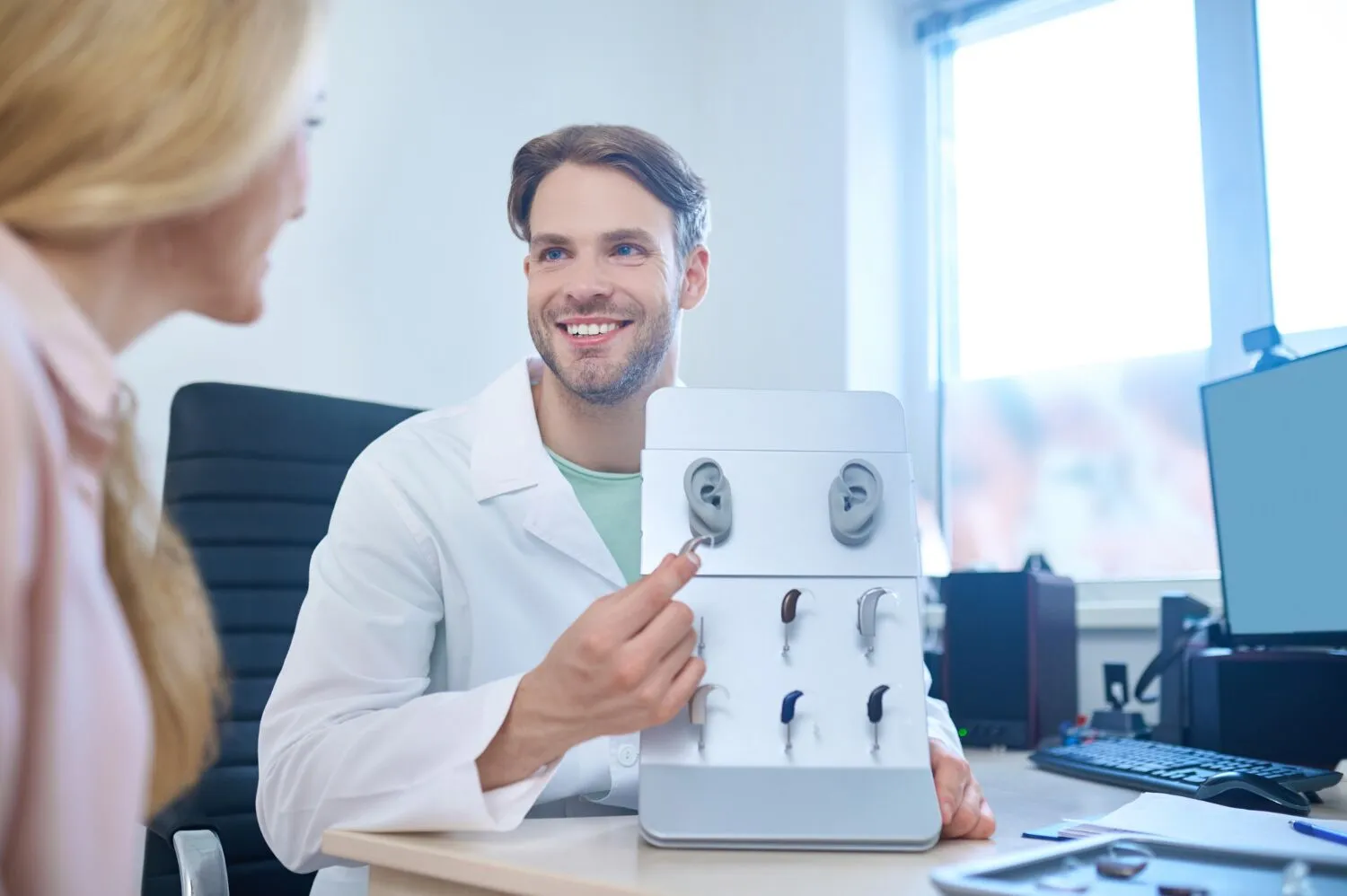
Experiencing hearing loss is tough. Sounds become muffled or faint. Conversations are hard to follow. It impacts daily life significantly. Many causes exist for this. Some are temporary issues. Others are more permanent. Understanding the reason helps. Seeking medical advice is crucial. Don’t ignore changes in hearing. It affects your quality of life.
What Is Otosclerosis and How Is It Treated?
Otosclerosis is a specific problem. It affects your inner ear bones. This condition causes progressive hearing loss. It happens when bone grows abnormally. This prevents sound from traveling. Knowing about it helps with treatment. Early diagnosis is very important. Options are available for help. It’s a treatable condition. Don’t lose hope if diagnosed.
Understanding the Ear’s Anatomy
The ear has three main parts. The outer ear catches sound. The middle ear amplifies it. Tiny bones called ossicles vibrate. These are the malleus, incus, stapes. The inner ear turns sound into signals. It sends them to the brain. Otosclerosis affects the stapes bone. It gets stuck and cannot vibrate. Sound cannot pass properly.
How Otosclerosis Affects Hearing
In otosclerosis, the stapes becomes fixed. New bone growth surrounds it. It can no longer move freely. This stops sound vibrations. Signals don’t reach the inner ear. This leads to conductive hearing loss. Sounds can’t conduct through. It’s like a jammed doorway. Over time, it can worsen. Sometimes, nerve damage occurs too. This is sensorineural loss.
Common Symptoms of Otosclerosis
Hearing loss is the main symptom. It usually starts in one ear. Then it affects the other ear. Sounds become progressively softer. It might begin in your twenties. You might struggle in noisy places. Tinnitus or ringing often occurs. Dizziness or balance issues are possible. These symptoms are frustrating. They interfere with communication. Don’t dismiss these signs.
Diagnosing Otosclerosis
Diagnosis starts with a full exam. An ENT doctor performs it. They check your ear health. Hearing tests are then conducted. An audiogram measures hearing levels. It checks both air and bone conduction. This helps differentiate types of loss. Tympanometry tests middle ear function. It checks eardrum movement. These tests confirm otosclerosis. Imaging might be used sometimes.
Non-Surgical Treatment Options
For some, non-surgical options help. Hearing aids can amplify sound. They bypass the conductive issue. This improves communication effectively. They don’t cure the condition. They manage the hearing loss. Fluoride supplements are sometimes tried. They might slow bone growth. This is less common now. Discuss all choices with your doctor. Consider your specific needs.
Surgical Intervention: Stapedectomy
Stapedectomy is the main treatment. It’s a delicate ear surgery. The surgeon removes the stapes bone. A tiny prosthetic device replaces it. This allows sound to travel again. It restores proper vibration. This surgery has high success rates. It greatly improves hearing. It’s performed under a microscope. Precision is absolutely key.
What to Expect During Stapedectomy
The surgery is typically short. It usually takes about 90 minutes. You’ll receive anesthesia. A small incision is made inside the ear. The surgeon works through it. They carefully remove the stapes. The new prosthesis is placed. The incision is then closed. You might go home the same day. Recovery starts immediately.
Post-Operative Care and Recovery
Post-operative care is crucial. You might feel dizzy initially. Some hearing loss is normal at first. It improves as swelling subsides. Avoid strenuous activities. Don’t blow your nose forcefully. Avoid getting water in the ear. Follow all doctor’s instructions. Medications manage pain. Full healing takes several weeks. Patience is very important.
Potential Risks of Stapedectomy
Like any surgery, risks exist. Dizziness can be prolonged. Taste disturbances might occur. Further hearing loss is rare. Tinnitus could worsen or change. Facial nerve injury is extremely rare. Infection is also a possibility. Discuss all risks with your surgeon. They will explain everything clearly. Informed consent is vital.
Living with Otosclerosis Post-Treatment
Many regain significant hearing. Life quality often improves greatly. Some still use hearing aids. This might be for residual loss. Regular follow-ups are important. Monitor your hearing proactively. Protect your ears from loud noise. Your journey continues after surgery. Embrace your improved hearing. Stay positive and engaged always.
Understanding Genetic Factors
Otosclerosis often runs in families. There’s a genetic component involved. If your parents had it, you might too. This isn’t always the case. But it increases your risk. Discuss family history with doctors. Early screening might be beneficial. Knowing this helps with diagnosis. It prepares you for possibilities. Genetic counseling can help.
The Importance of Early Diagnosis
Early diagnosis is crucial. It prevents further progression. It opens up treatment options sooner. Delaying can lead to complications. Hearing loss can impact life. Communication suffers greatly. Social isolation might occur. Don’t ignore initial symptoms. Seek professional medical advice. Early intervention improves outcomes. Your ears are worth protecting.
